Sanskrit Manuscripts from Japan (Volume- 1)
The Kala Kosha Division of the IGNCA has the pleasure of initiating the publication of Sanskrit Manuscripts from Japan, edited by Prof. Nirmala Sharma, who has been investigating the vast Cosmo polis that has shared culture with India. After an amnesia of years when Prof Max Müller published three Sanskrit texts from Japan. Prof. Nirmala Sharma has taken up the facsimile edition of 32 Sanskrit manuscripts from the famous Kokiji monastery whose main deity is Guhya Sarasvati Situated in the sylvan environs of Mount Katsuragi, the monastery is located on a river. Reminiscent of the submerged Sarasvati River of the Rigveda. These pearls of the Divine Language have been the "heart and mind of Japan since the seventh century when Prince Shotoku consecrated the first-ever 17-article Constitution with a Sanskrit dharani to the Goddess of Supreme Victory Sanskrit was to accent the nascent national identity of Japan in contrast to a sinocentric order.
The Sanskrit manuscripts of Japan are part of its Shingon (Mantrayana) denomination. They evidence a tendency of syncretism as can be seen in the invocation to Mahaganapati in a Kokiji codex. It ends Om ganapati santi svasti mahaganapati svaha. The Trinity of Brahma, Visou and Mahesvara is invoked along with Sri Mahädevi the Goddess of Prosperity at the start of her hymn of 108 names (no.22 in Köbö Daishi's list). Prof. Nirmala Sharma is editing 42 Sanskrit manuscripts of mantras that were brought to Japan by Köbö Daishi from China. They were given to him by his Indian gurus Prajña and Munisri, along with the complete sutras of Gandavyüha and Nayaprajñaparamita. The last two have been lost, but the shorter 42 mantra codices have survived in copies of the 13th and 14th centuries. No.11 is the mantra for Thousand- armed Am?takundalin in the handwriting of Prajñäkirti (the full name of Prajña) himself .
Prof. Nirmala Sharma opens up a new discipline in Indian academia by bringing out the blooms from the hills and sancta of the Land of the Rising Sun. She shows that mind and mantras have been companions in the subtle serenity of the Land of the Sun and now they open up in the Land of the Moon. India is Indo in Sino-Japanese and it was interpreted as Moon (?????) by Xuan-zang and India is represented in Japanese poetry as The Moon.
INTRODUCTION
Sanskrit has been the glamour of the divine in Japan since its very foundation as a nation state under the grand vision of Shotoku Taishi. Sanskrit has been rendered as Bongo. Bon means Brahma as well as Brahman the Infinite and go is language. It has been venerated as the Tongue Transcendental. Prince Shotoku drew up the 17-article Constitution in 604. It was the first Constitution in any Asian land, the first to foster the Gross National Happiness of the People in accord with the Buddhist ideal of bahu-jana-hitaya bahu jana-sukhaya, and was consecrated with the recitation of the Usnisavijaya-dharani in Sanskrit. Japan emphasized its distinctive identity by supplementing Confucian ideals with Buddhist values, and vesting authority to the Constitution with the sacred Sanskrit dharani to the Goddess of Supreme Victory. Prince Shotoku did not adopt the Chinese term for emperor, but took the term tenno from the Suvarna-bhäsottama-sutra. The Usnisavijaya-dhärani is the earliest Sanskrit manuscript in Japan. It was published by Prof. Max Müller as being the first written Sanskrit book. The Western concept was that Sanskrit literature was transmitted mainly by oral tradition. The Japanese manuscript gave a new respect to India's literary persona, as here was a formal written book. Prof. Max Müller requested his Japanese students to find out Sanskrit manuscripts in Japanese monasteries. Sanskrit studies in Europe by the Japanese were a sector of cultural modernization which had begun with the Meiji Restoration in 1868. Young Japanese scholars studied Sanskrit at Oxford and in Germany and called themselves the "Young East". The Ambassador of Great Britain was assigned the task of requesting the Imperial Government of the Mikado to locate Sanskrit manuscripts. The most outstanding discovery were the two palmleaf folios of the Usnisavijaya-dharani from the Horyuji monastery that had been brought from China to Japan. They were the oldest known Sanskrit manuscript in the world in the 1880s. India did not have any manuscript of such antiquity. European Indologists were stunned that India had such an ancient tradition of written books.
Get it now and save 10%
BECOME A MEMBER

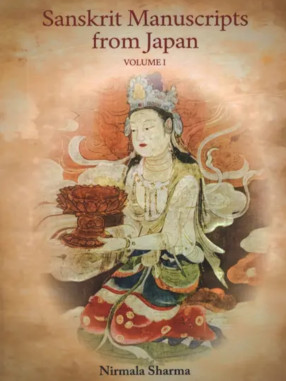
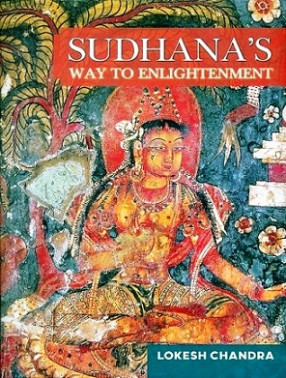
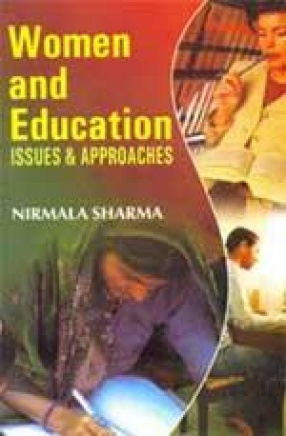

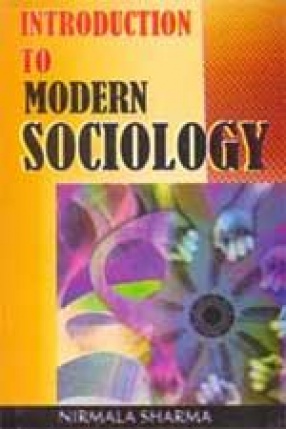

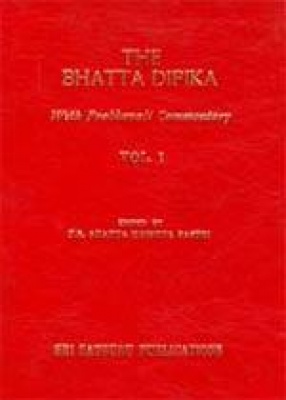

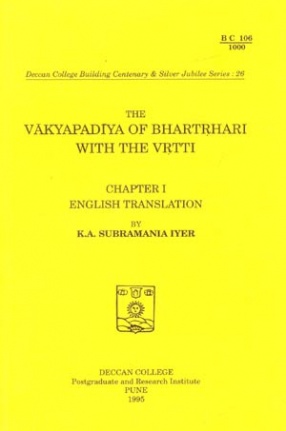
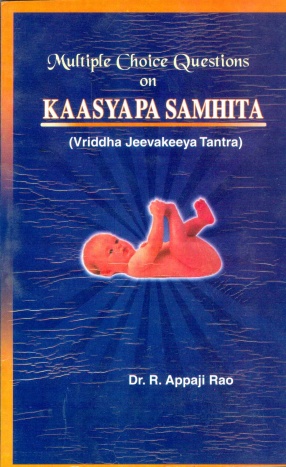

Bibliographic information